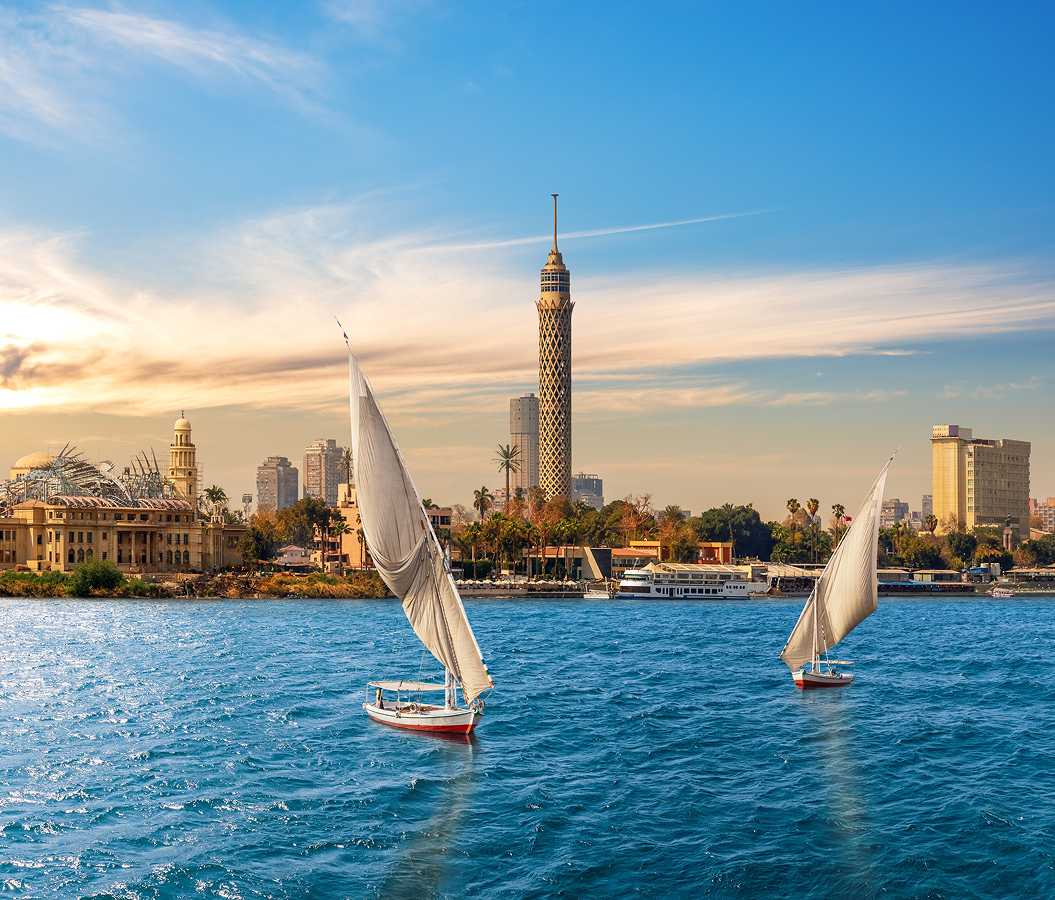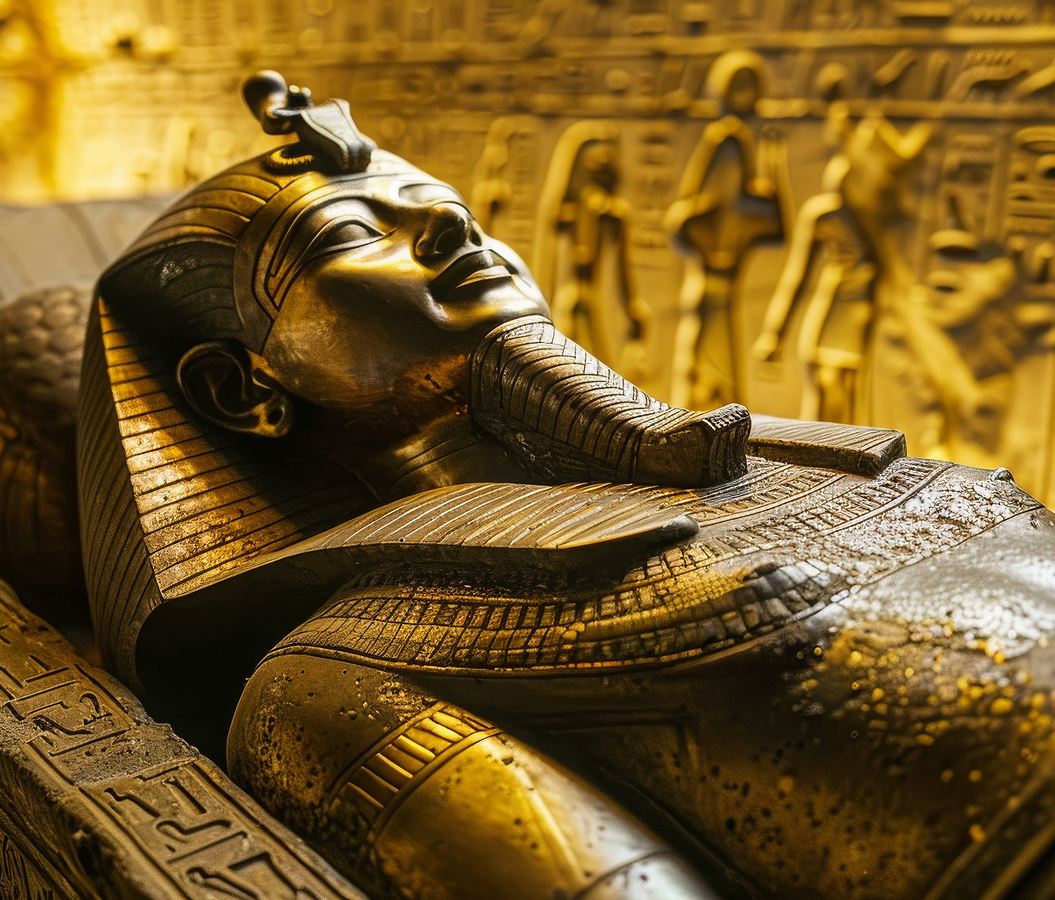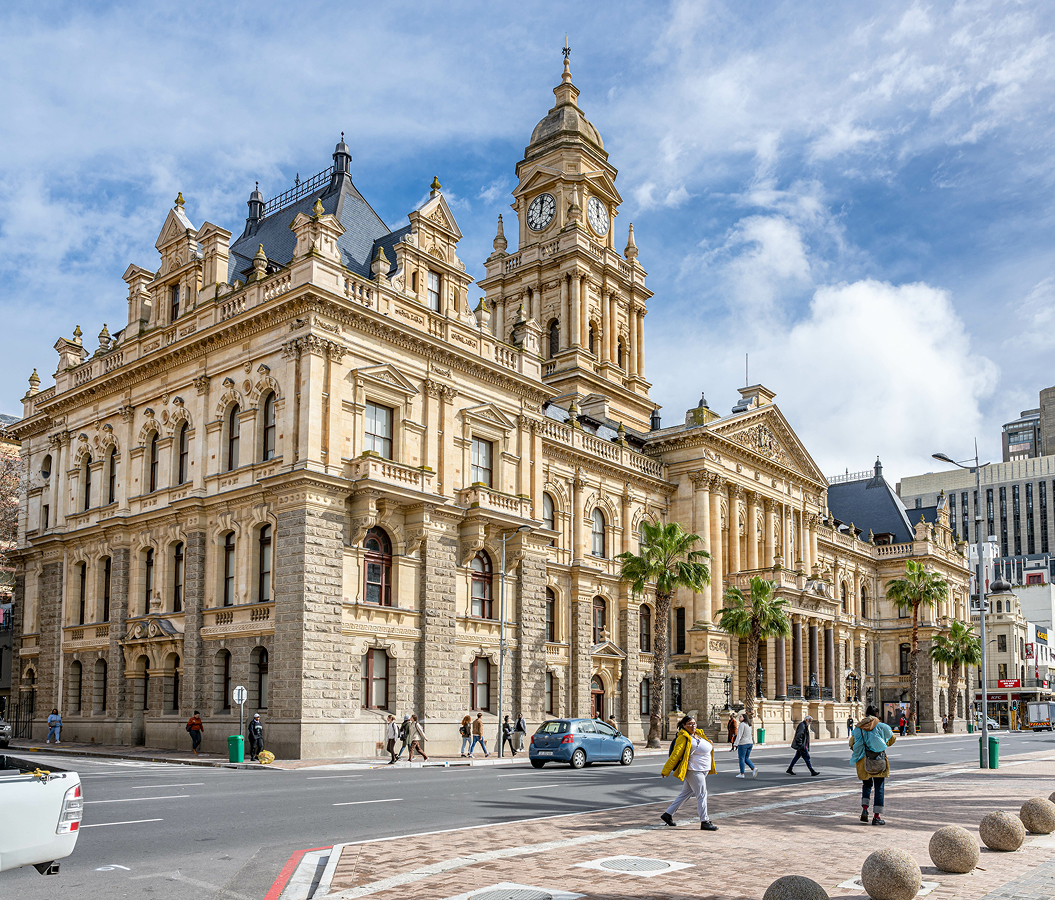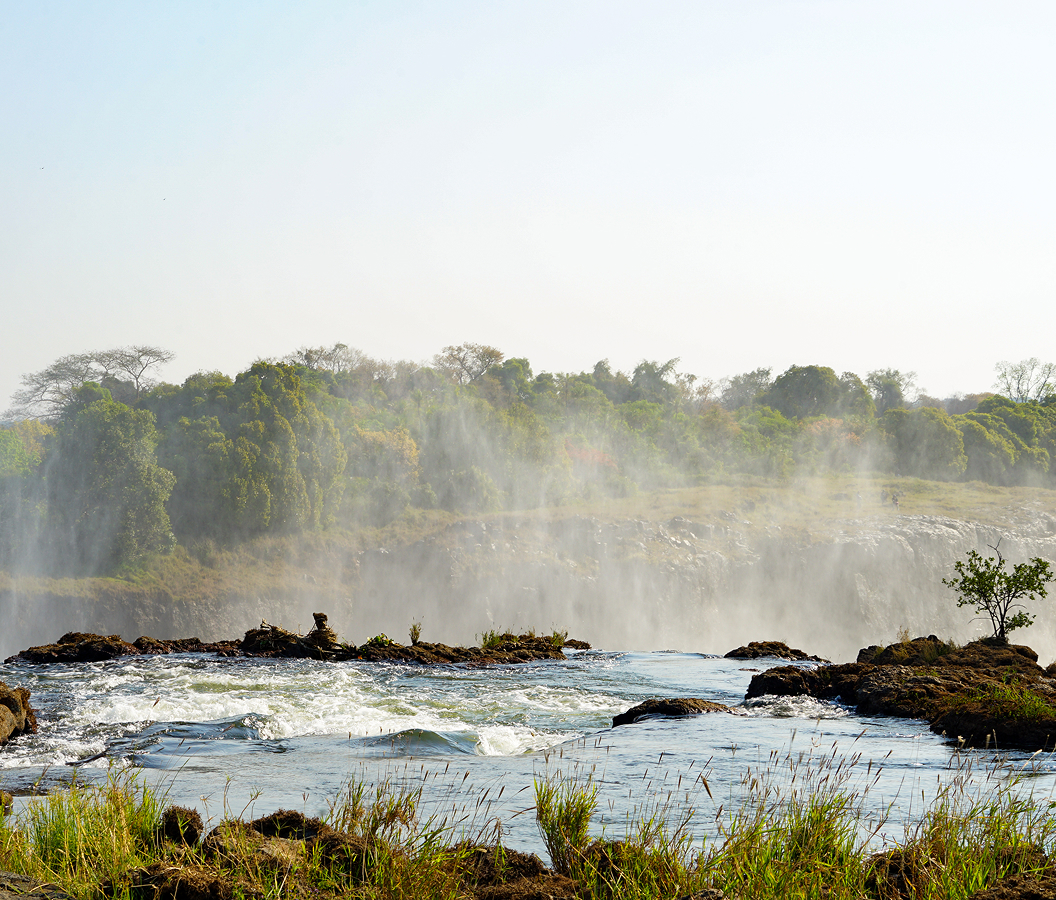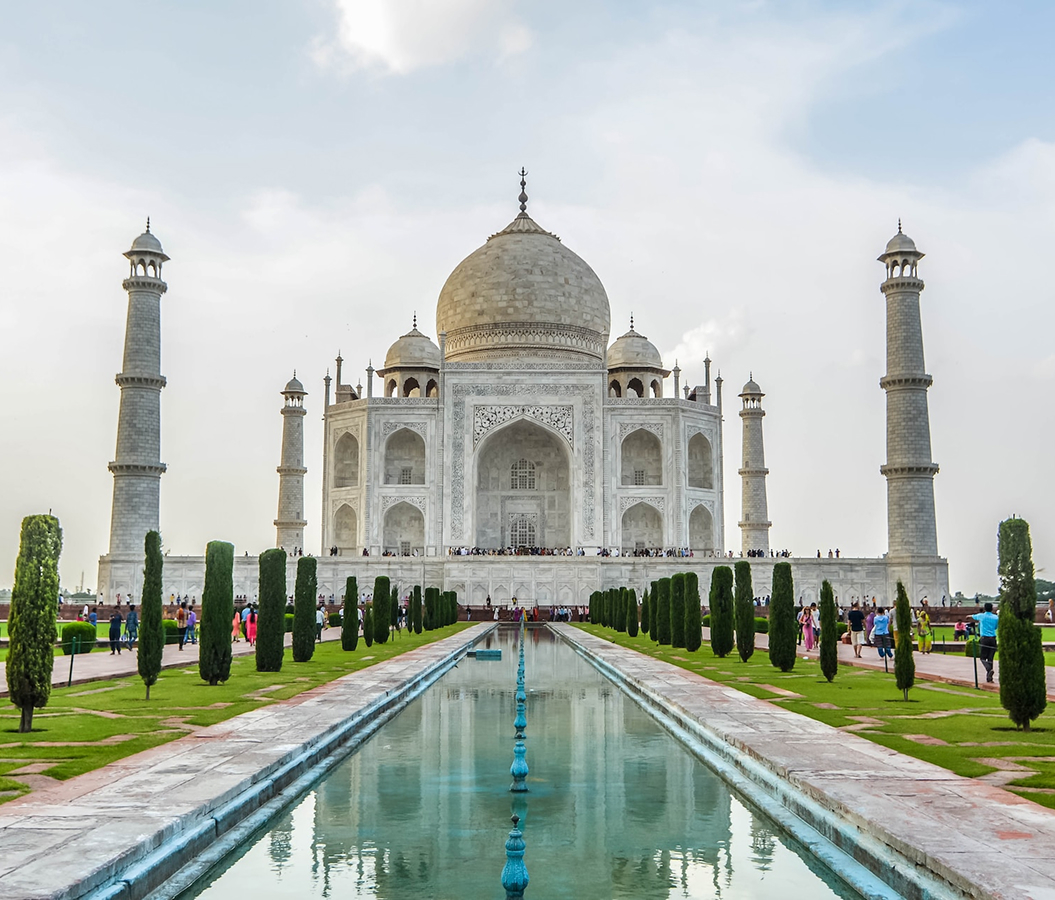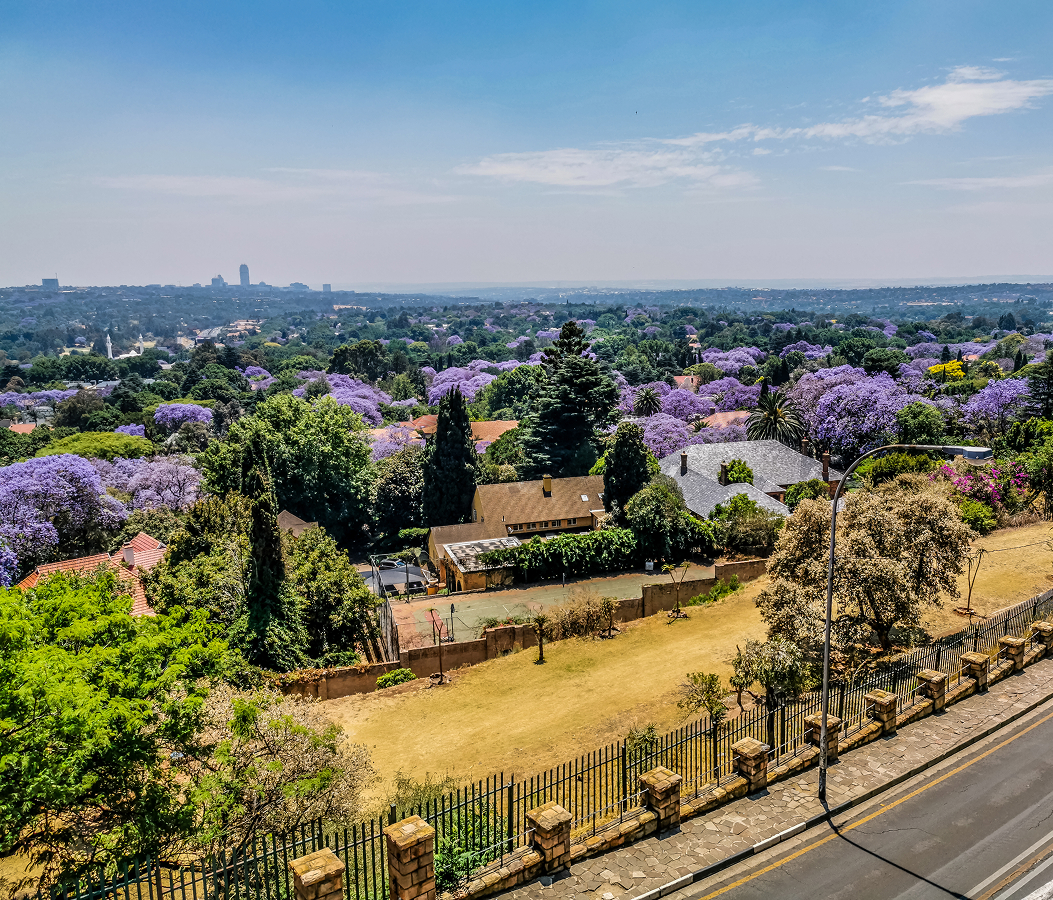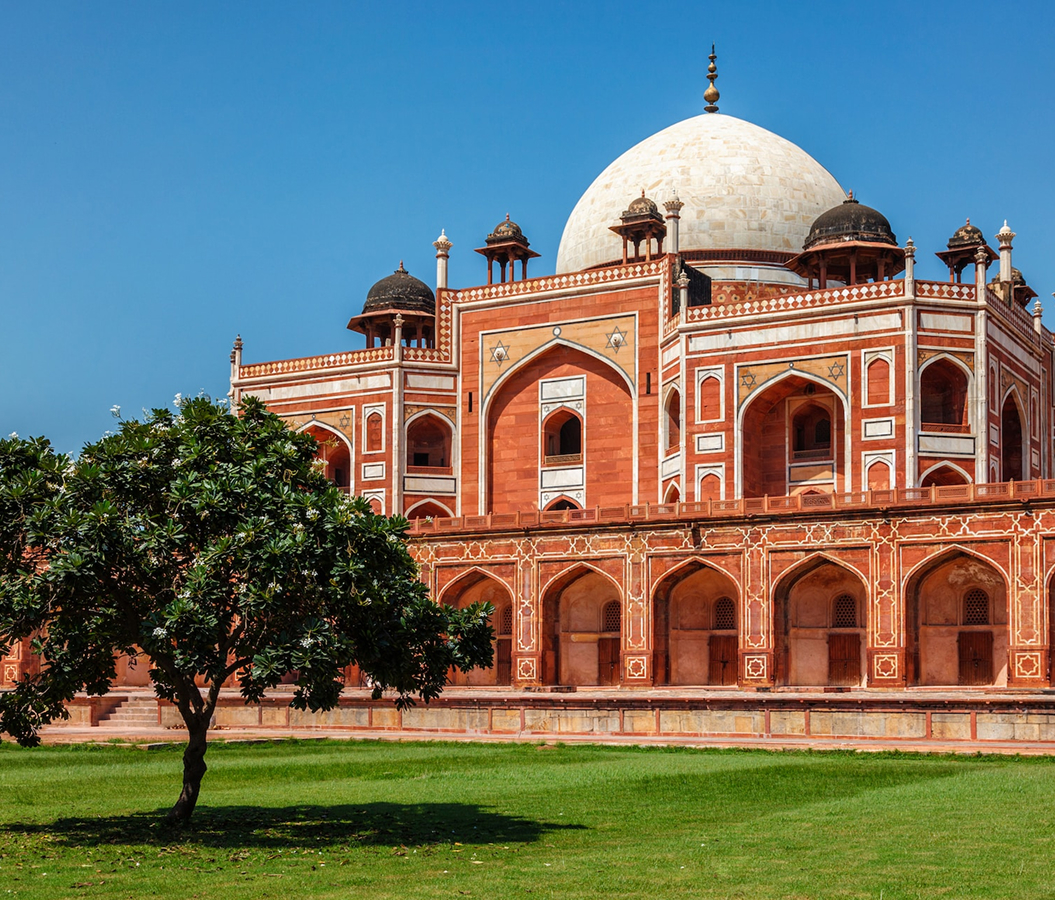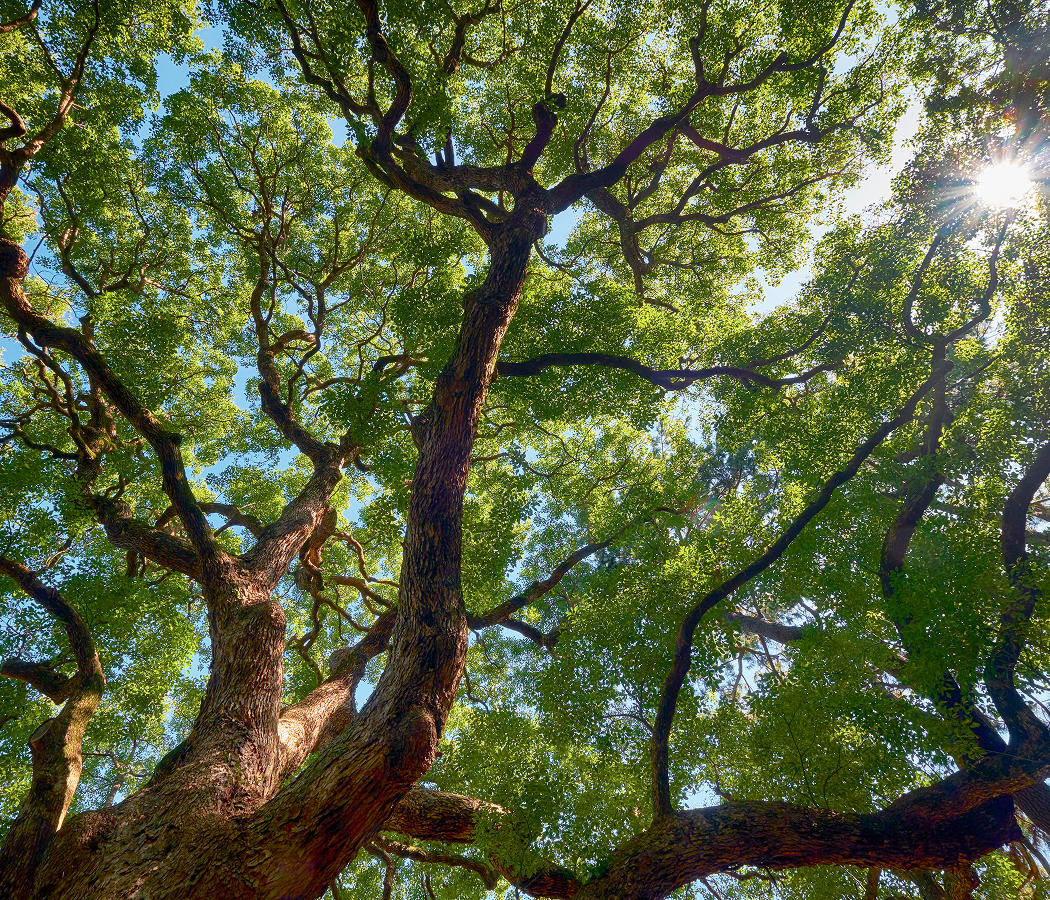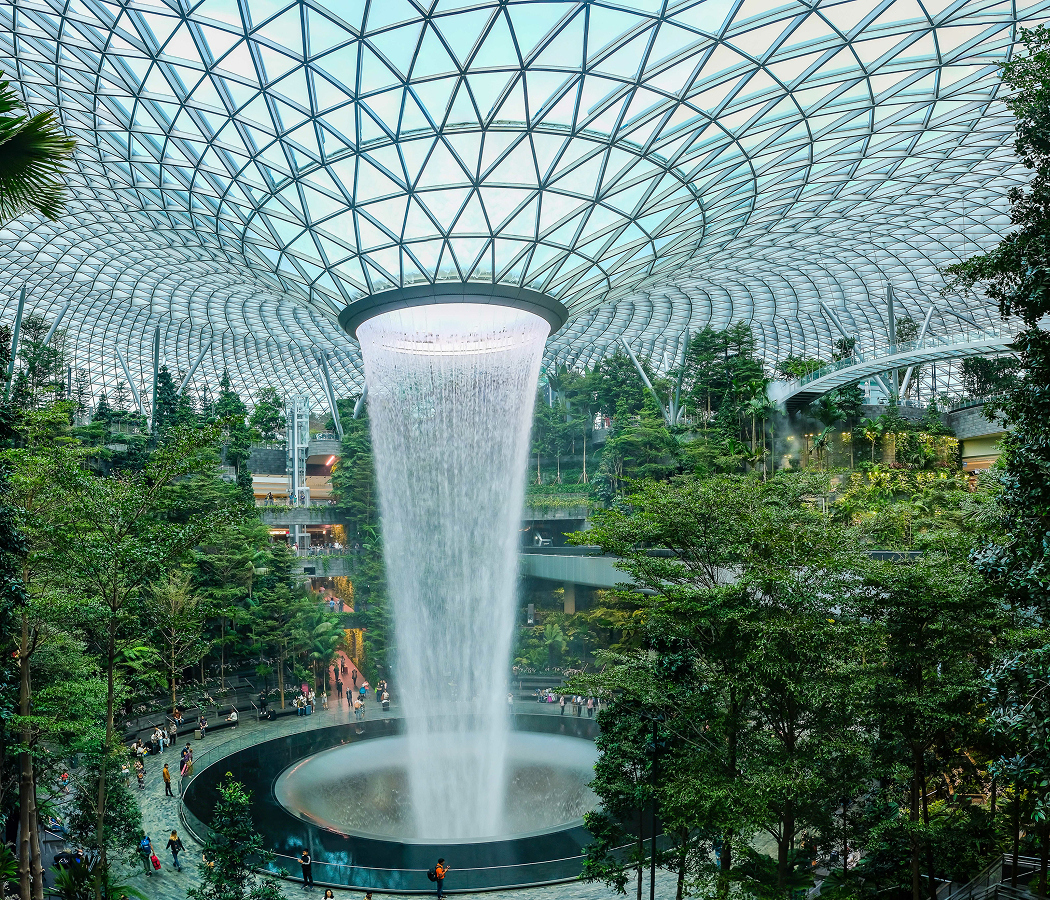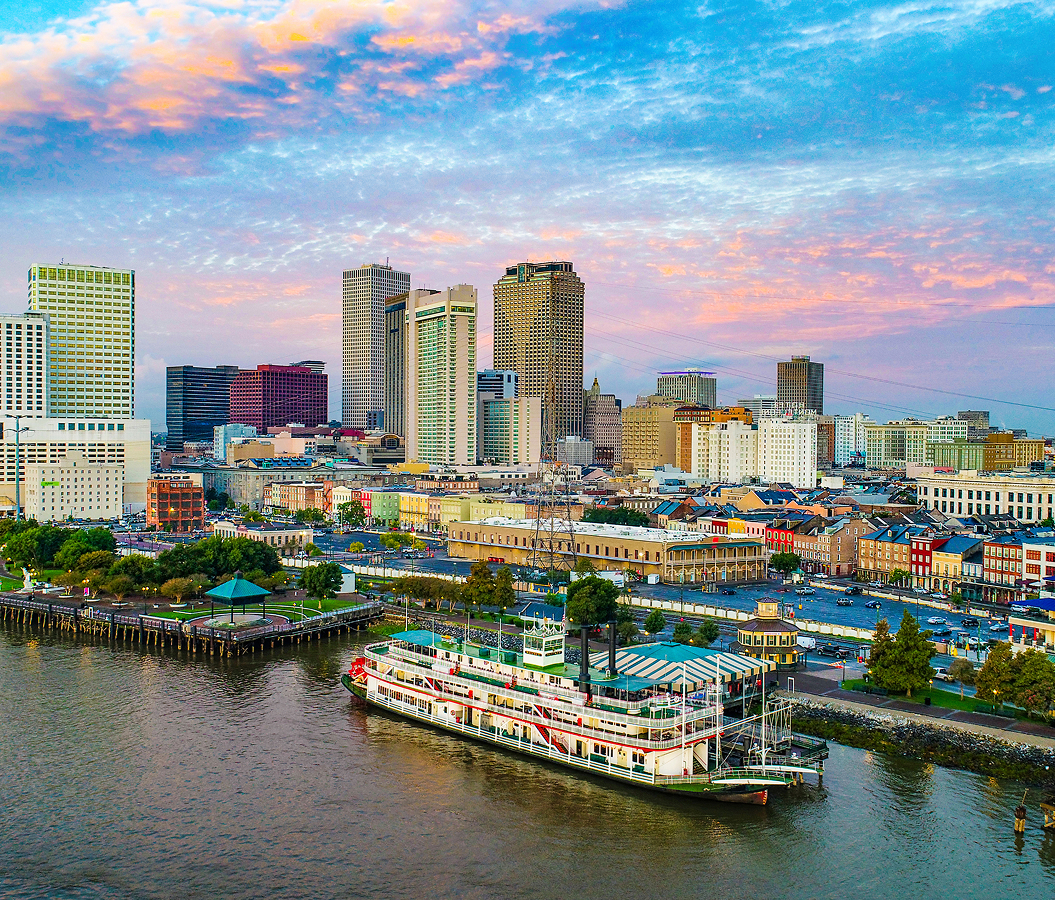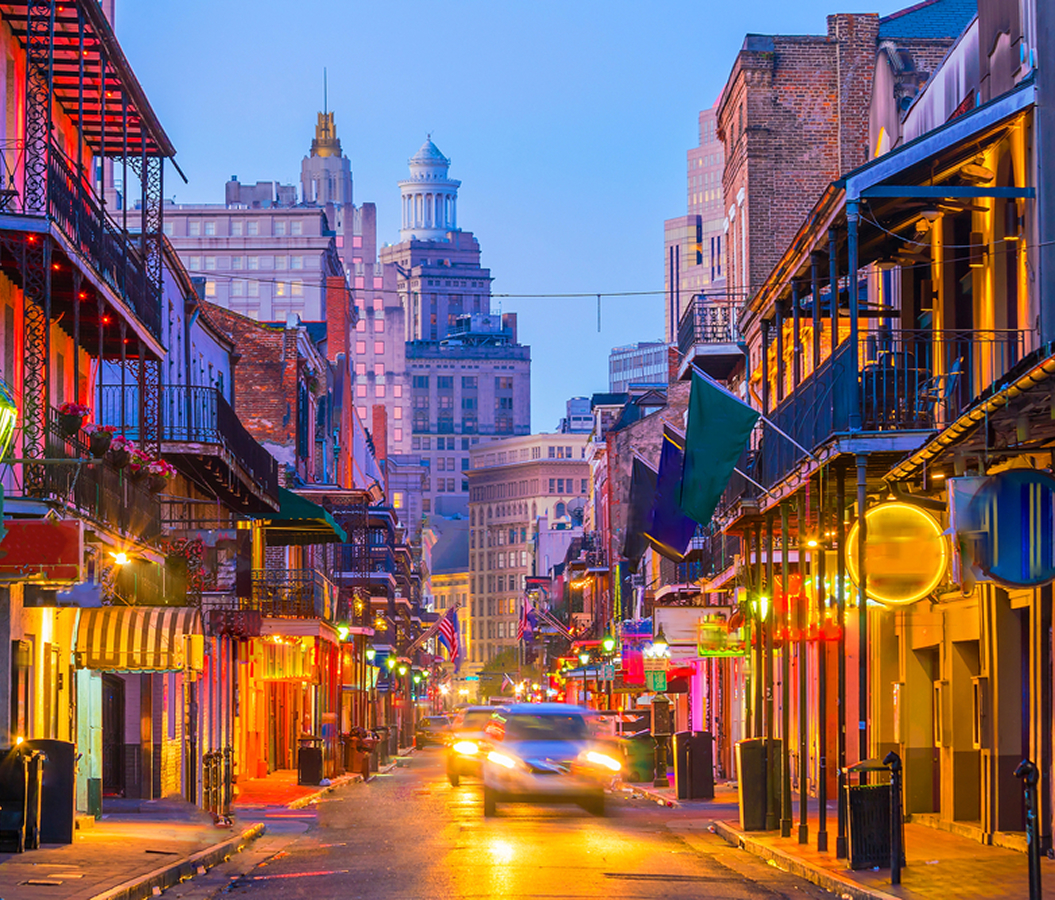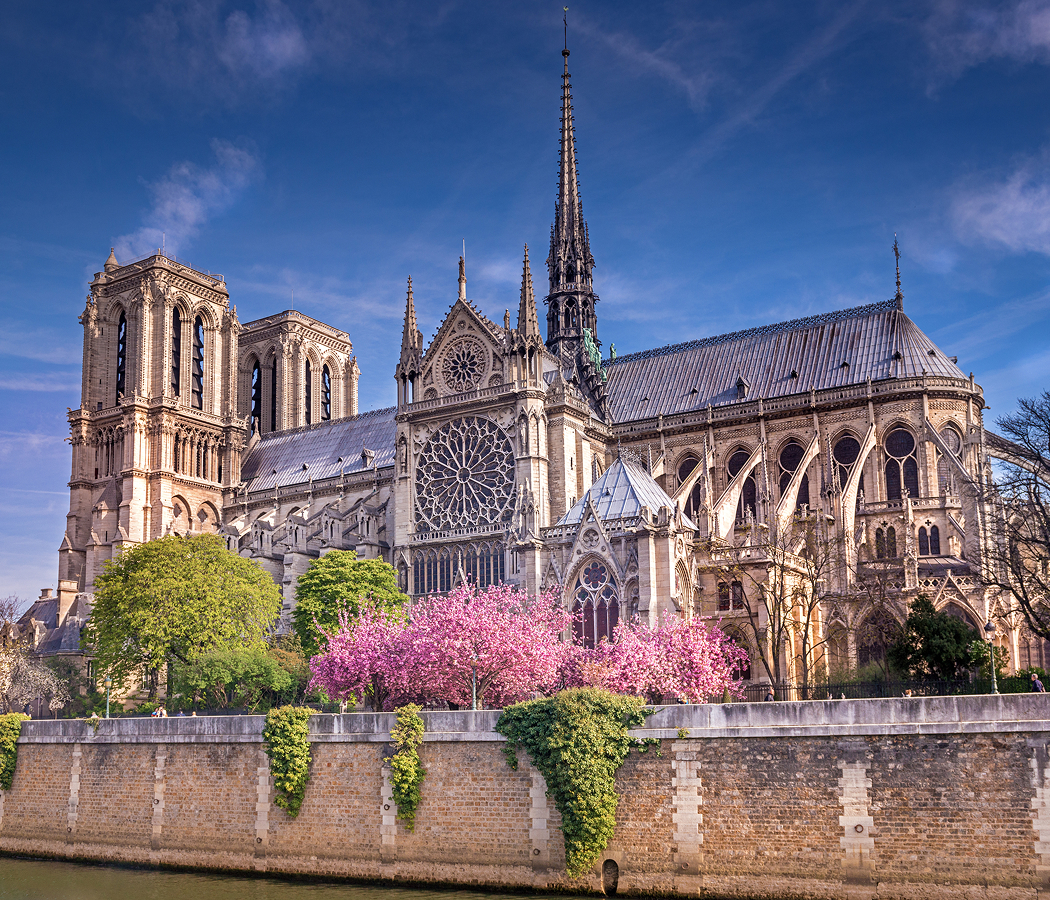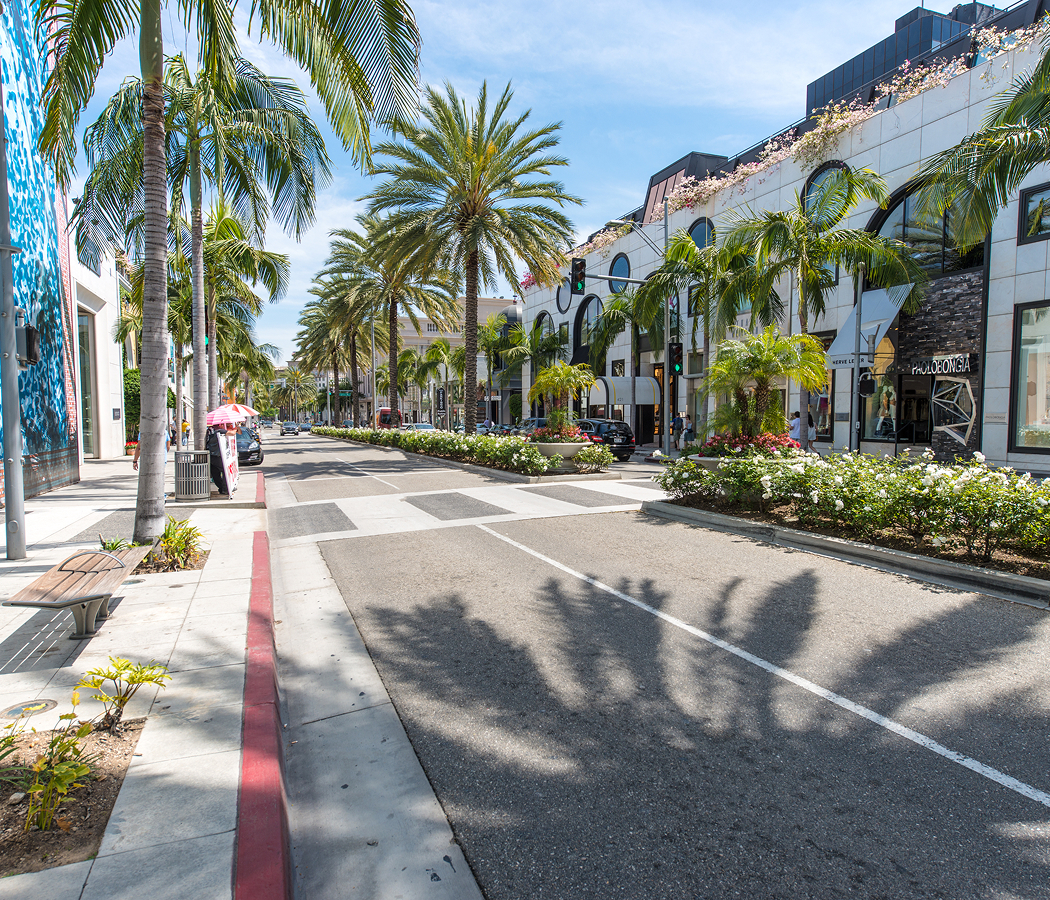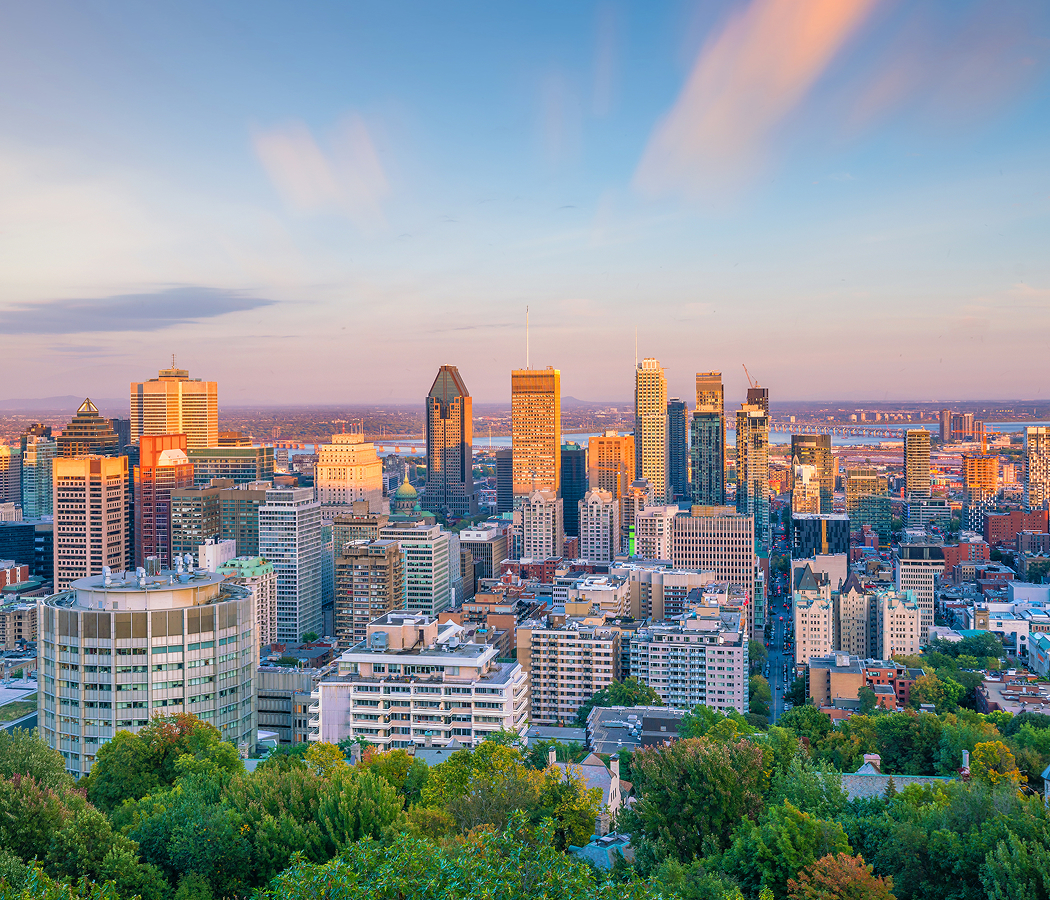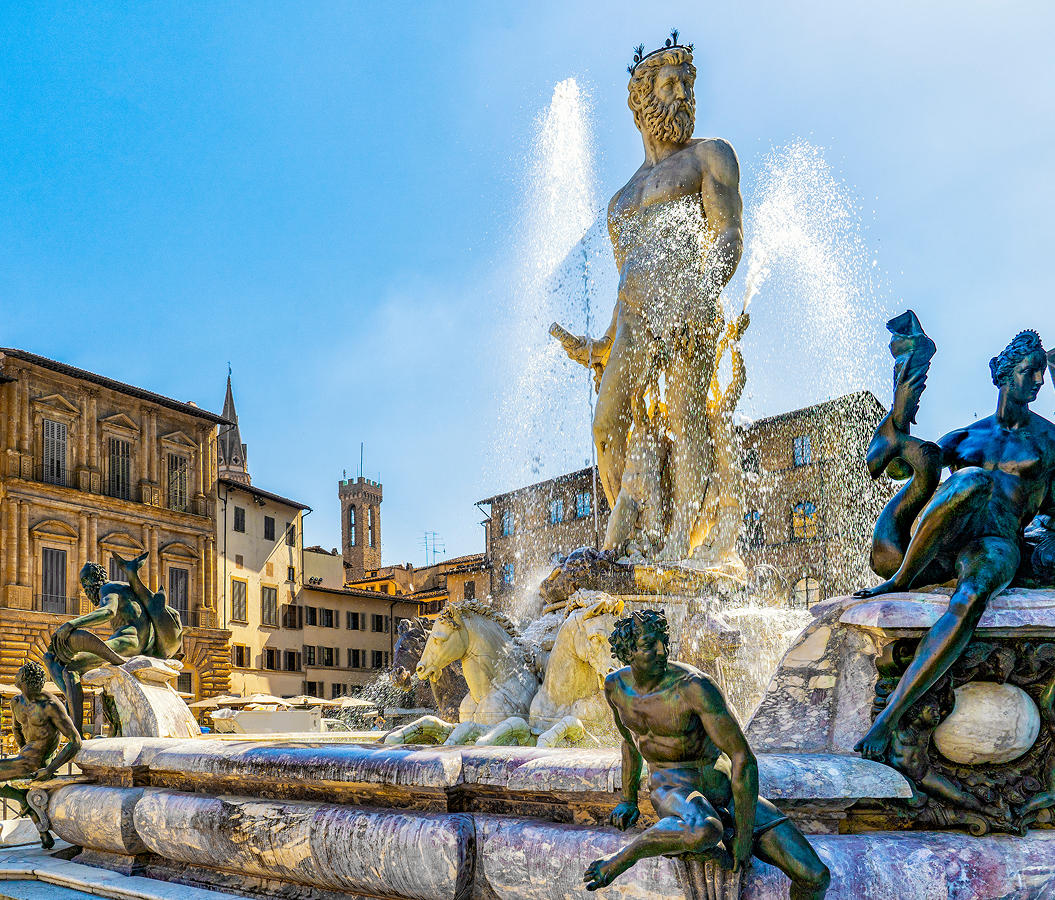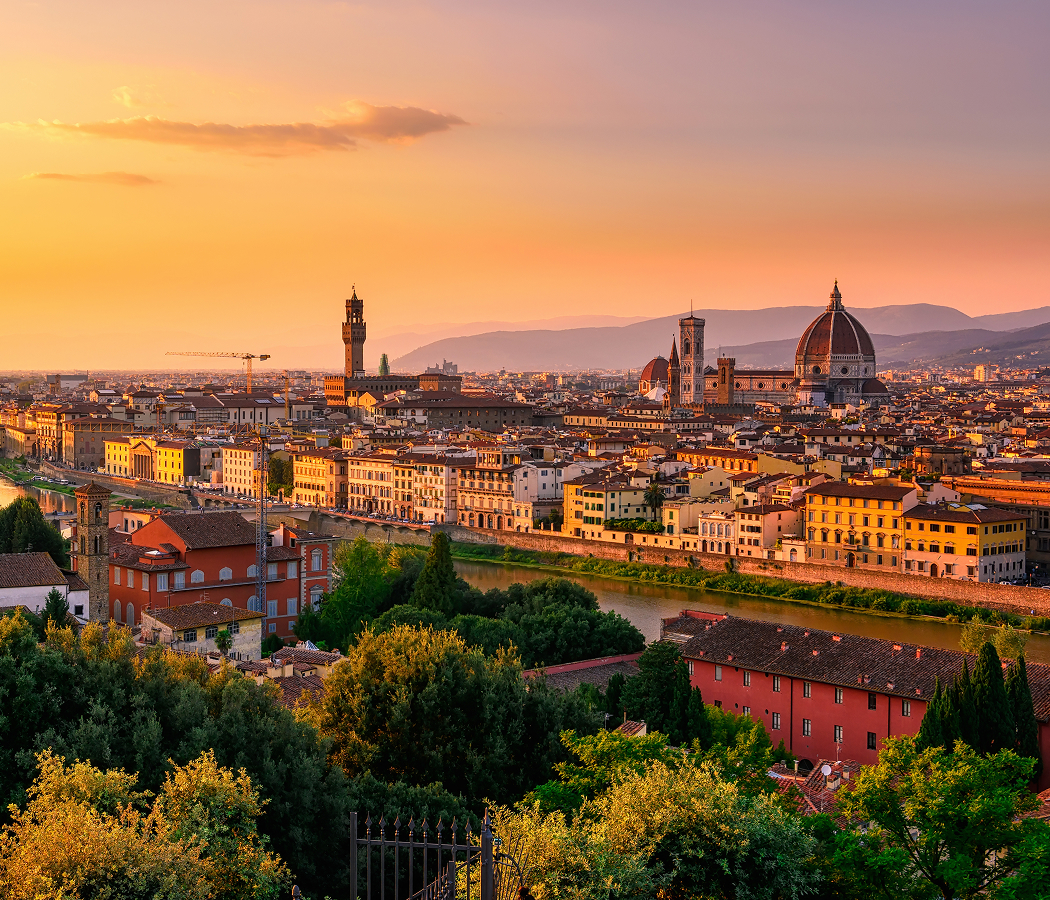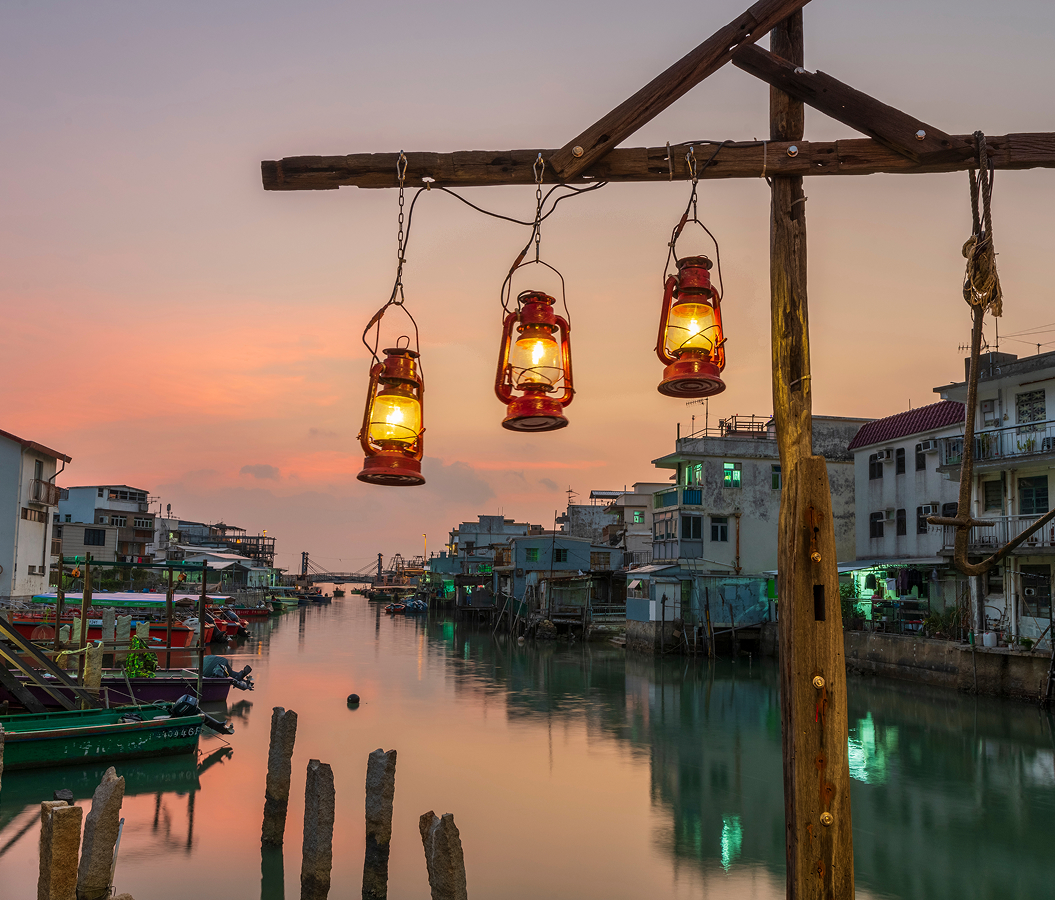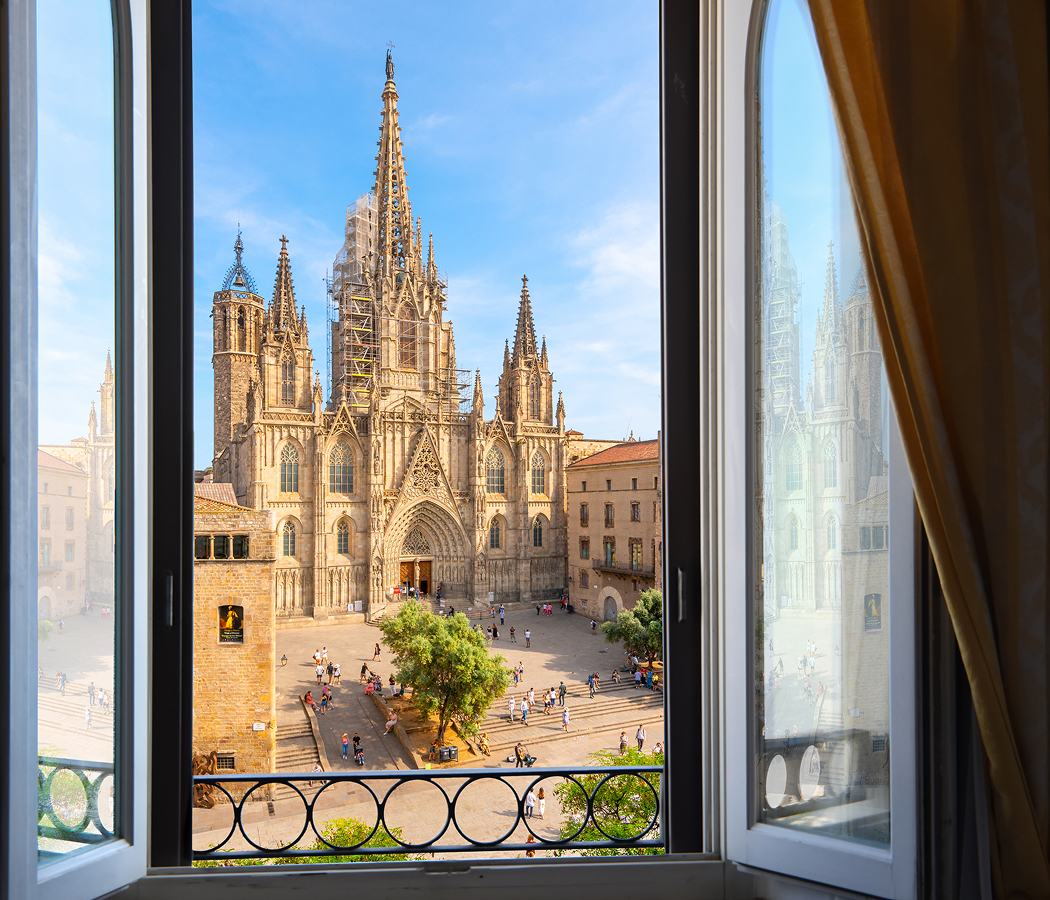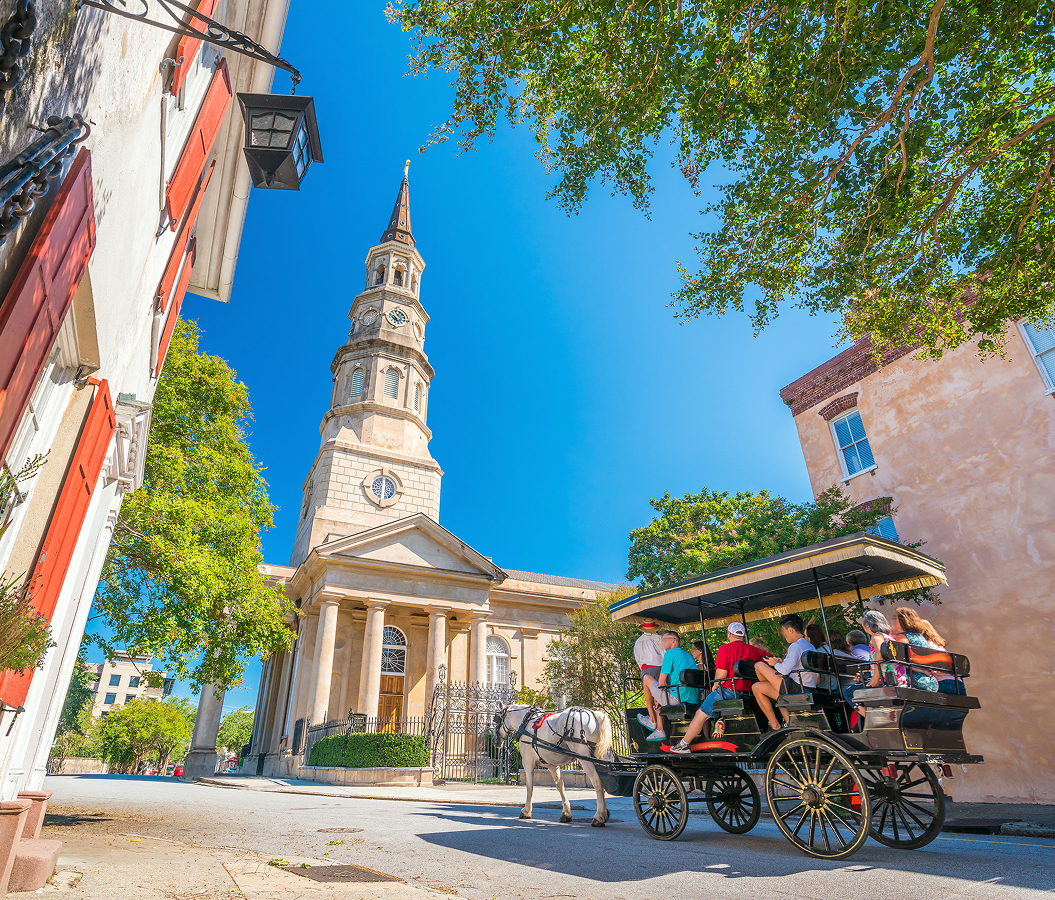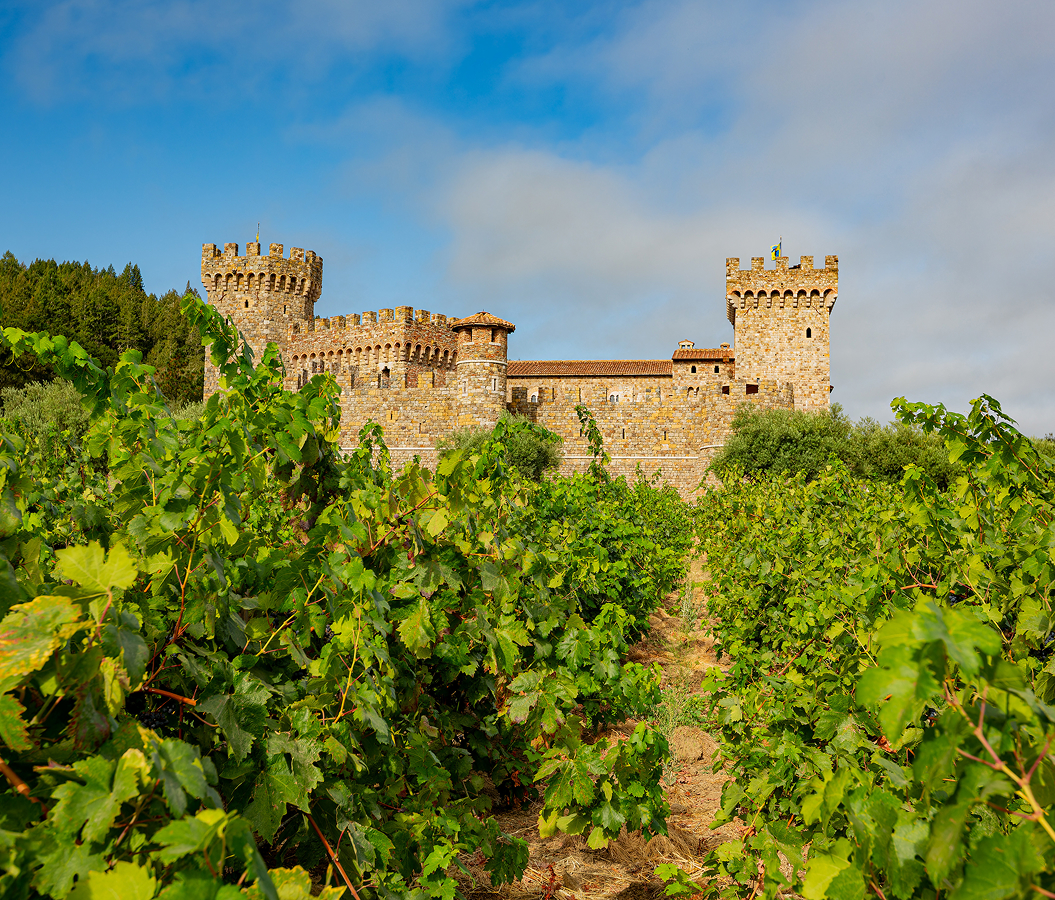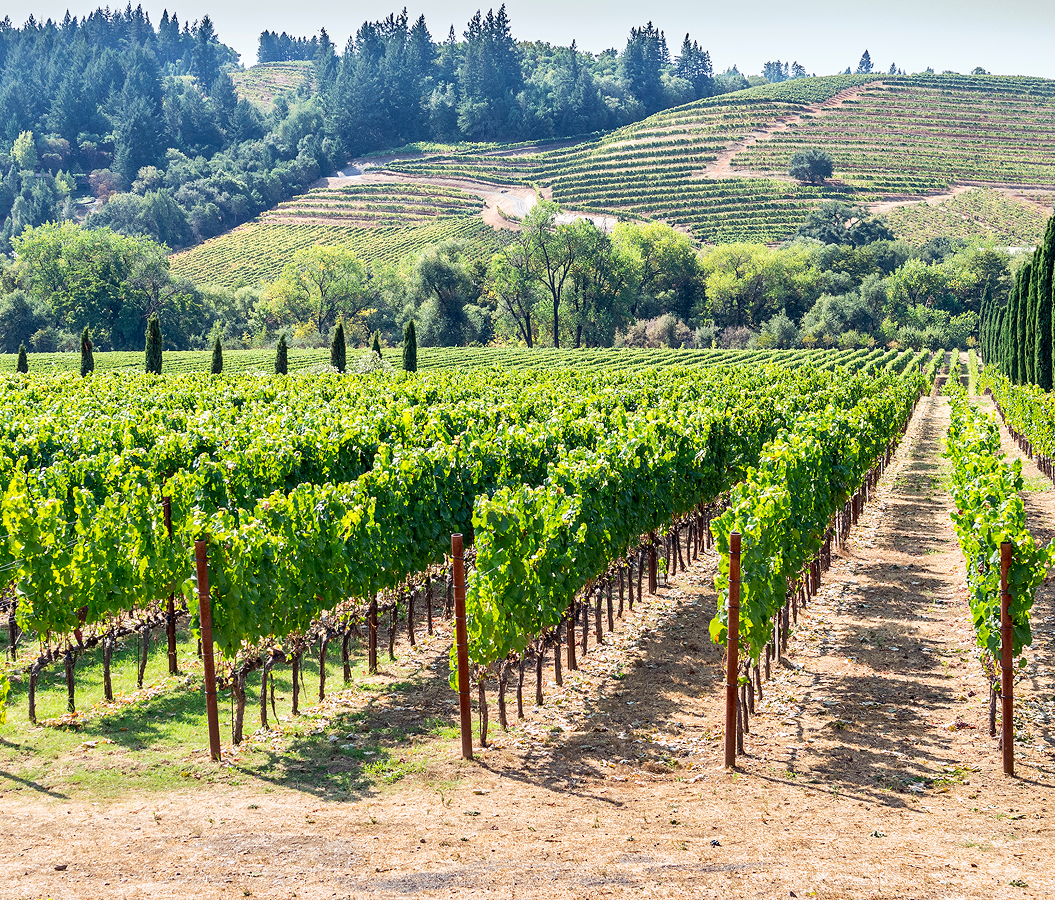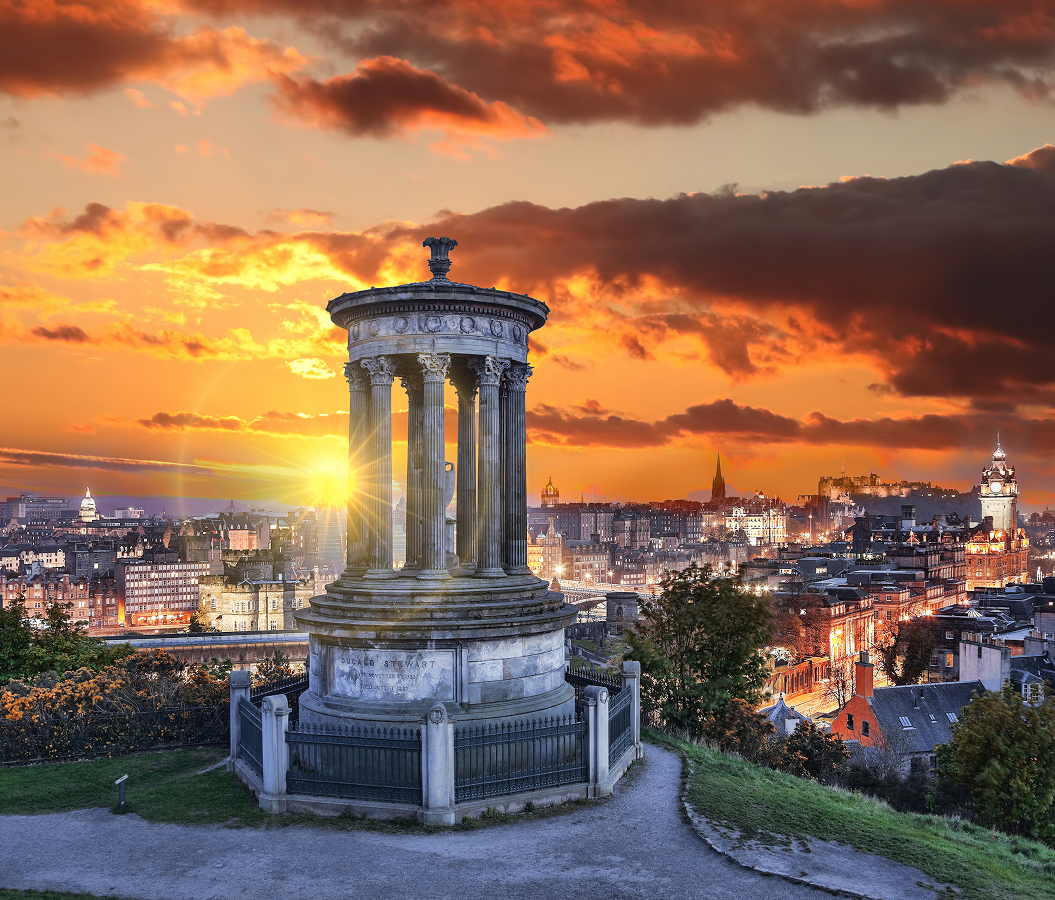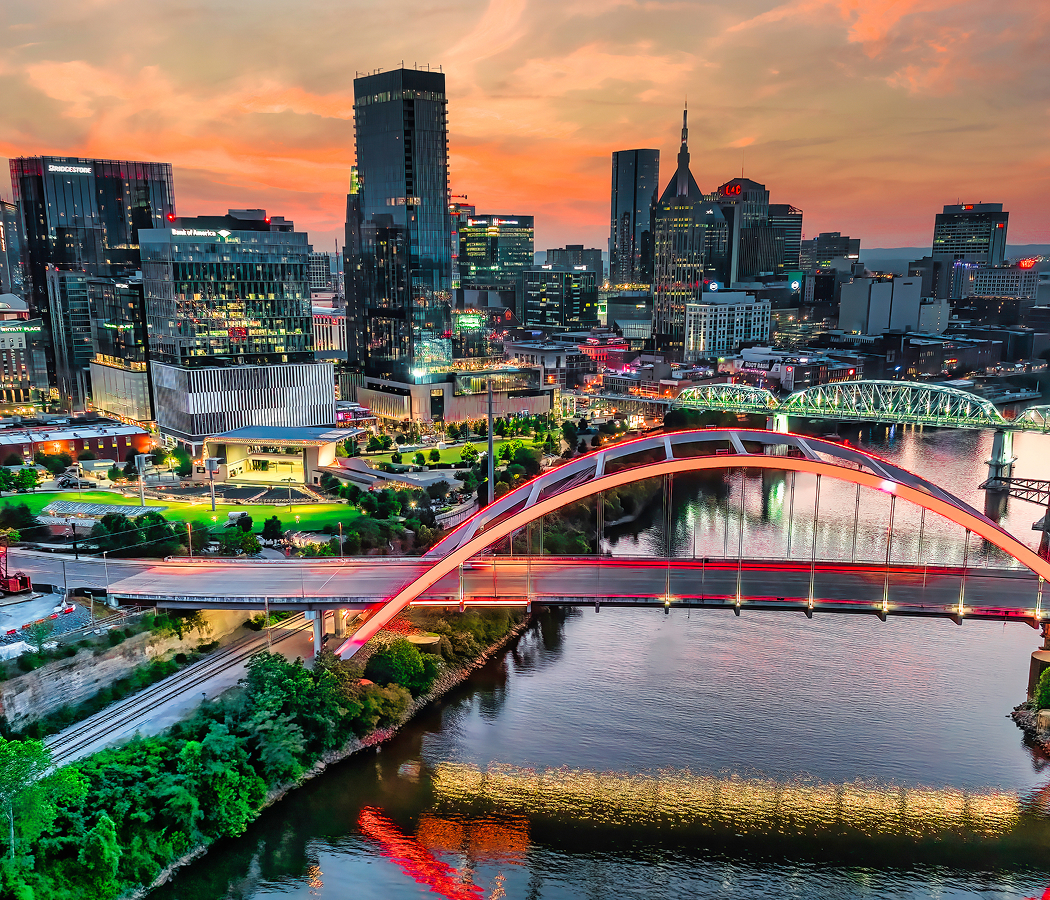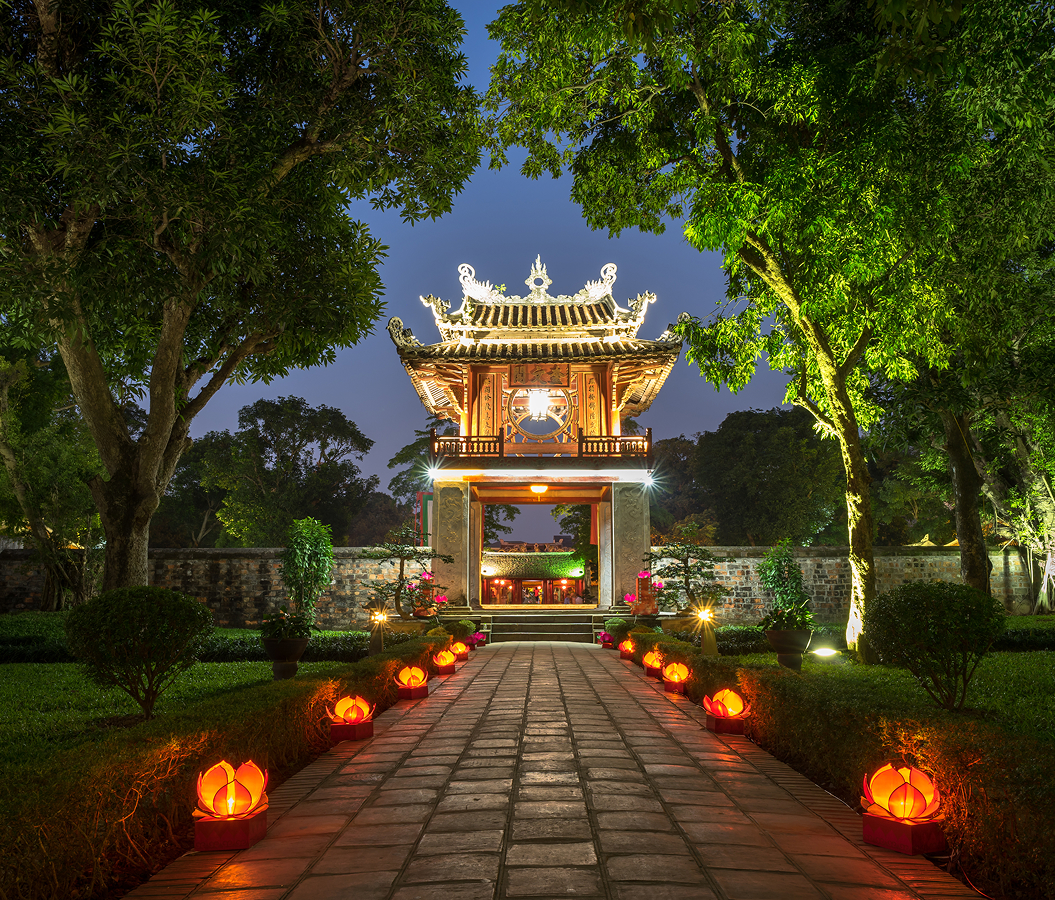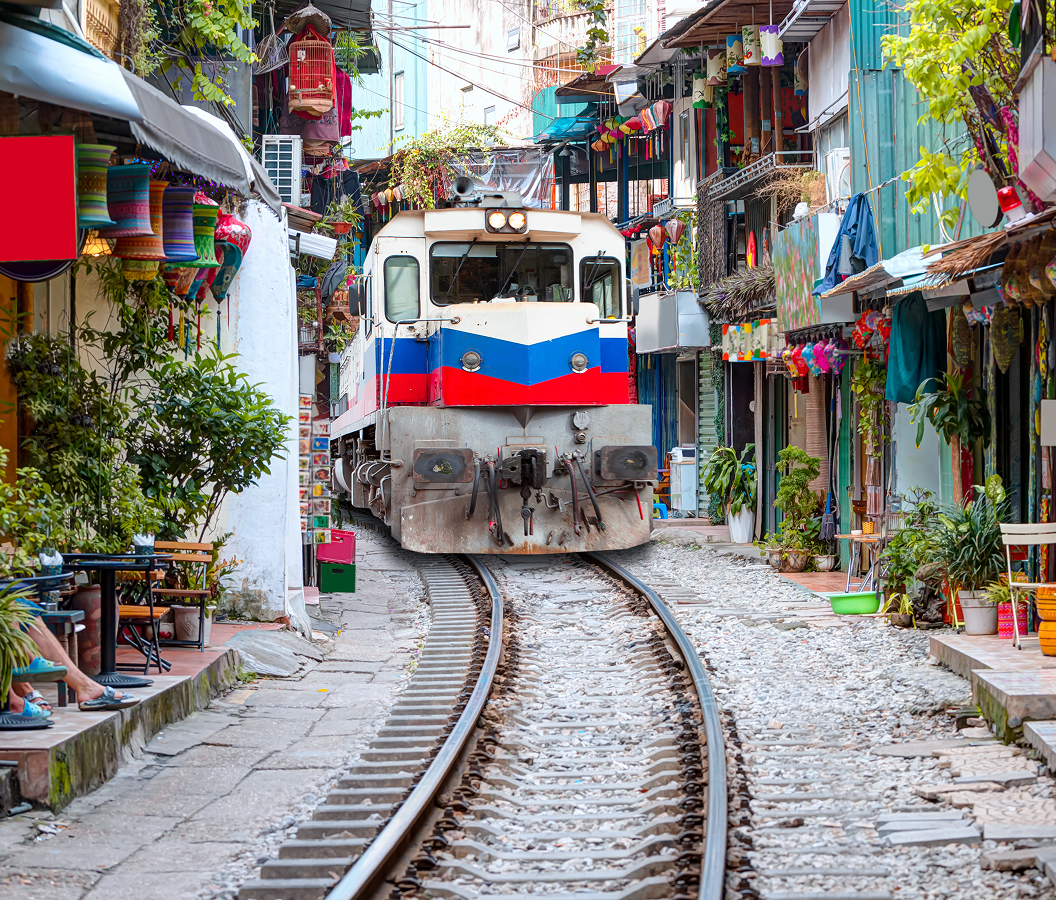
Why you should experience the Saladin Citadel (Cairo Citadel) in Cairo.
The Saladin Citadel (Cairo Citadel) in Cairo is a fortress of legend, a towering testament to Egypt’s medieval might and enduring spirit.
Perched high atop Mokattam Hill, the citadel commands sweeping views over the city, its golden domes and ancient ramparts standing guard above the chaos below. Built in the 12th century by the great Muslim leader Salah ad-Din (known in the West as Saladin), this stronghold was designed to defend Cairo against the Crusaders, and in doing so, it became the very heart of the city for nearly seven hundred years. Within its massive walls, dynasties rose and fell, armies marched, and rulers dreamed of empire. The fortress today is a living museum of Egyptian history, housing mosques, palaces, and museums that chart the country’s evolution from medieval stronghold to modern capital. Its most iconic landmark, the Mosque of Muhammad Ali, gleams like a crown atop the citadel, a masterpiece of Ottoman design whose alabaster domes and slender minarets can be seen from nearly every corner of Cairo. Visiting the Citadel feels like standing at the intersection of legend and legacy, where the stones themselves seem to hum with centuries of power, faith, and resilience.
What you didn’t know about the Saladin Citadel.
The Saladin Citadel isn’t just a monument to military genius, it’s a chronicle of Egypt’s transformation across the ages.
Construction began in 1176 under Saladin, who sought to unify Egypt and Syria against the Crusader threat. The fortress was built using limestone from the Giza Plateau, its walls stretching so thick they could withstand siege engines and cannon fire. But its legacy extended far beyond warfare. The Citadel became the seat of government and royal residence for more than six centuries, housing rulers from the Ayyubid, Mamluk, and Ottoman dynasties. Later expansions under Sultan al-Nasir Muhammad added opulent palaces, gardens, and the grand mosque that still bears his name. By the 19th century, Muhammad Ali Pasha transformed the complex again, most notably with the construction of his namesake mosque between 1830 and 1848, blending Ottoman and Egyptian influences into one of Cairo’s most recognizable silhouettes. The Citadel also witnessed some of Egypt’s most dramatic moments: the infamous 1811 massacre of the Mamluks, a turning point that consolidated Muhammad Ali’s power, took place within its gates. Over time, the fortress became a symbol not only of defense but of endurance, a place where Egypt’s shifting empires left their mark, layer upon layer. Today, the Saladin Citadel stands as both museum and metaphor, a reminder that Cairo’s strength has always come from its ability to evolve without losing its soul.
How to fold the Saladin Citadel into your trip.
Visiting the Saladin Citadel is like walking through a timeline of Cairo’s royal and spiritual heritage.
Plan to arrive in the morning, when the sunlight catches the limestone walls and the air is still cool. Begin at the main gate and follow the sloping paths that lead through centuries of history, from the medieval ramparts to the 19th-century mosques. The Mosque of Muhammad Ali is the highlight: step inside to admire its soaring domes, intricate chandeliers, and marble-clad walls that echo the grandeur of Istanbul’s Blue Mosque. Don’t miss the vantage point from its courtyard, where Cairo unfolds beneath you, a panoramic sea of minarets, rooftops, and golden haze stretching to the horizon. Nearby, the smaller al-Nasir Muhammad Mosque offers a quieter glimpse into Mamluk architecture, while the Military Museum and Carriage Museum reveal fascinating details of Egypt’s royal past. Allow two to three hours to explore, and take time to wander the outer walls for the best views over the old city. For a perfect finish, head to the nearby Mosque-Madrasa of Sultan Hassan and Al-Rifa’i Mosque, architectural gems that complete Cairo’s golden triangle of sacred and royal history. As the sun sets behind the domes, you’ll understand why the Citadel has stood for nearly a millennium: not just as a fortress, but as the eternal guardian of Cairo’s heart.
Hear it from the Foresyte community.
“Castle-on-a-hill energy but dropped in the middle of Cairo. You climb up, wander through mosques, and end up staring at Cairo like damn, this city never stops.”
Where meaningful travel begins.
Start your journey with Foresyte, where the planning is part of the magic.
Discover the experiences that matter most.

